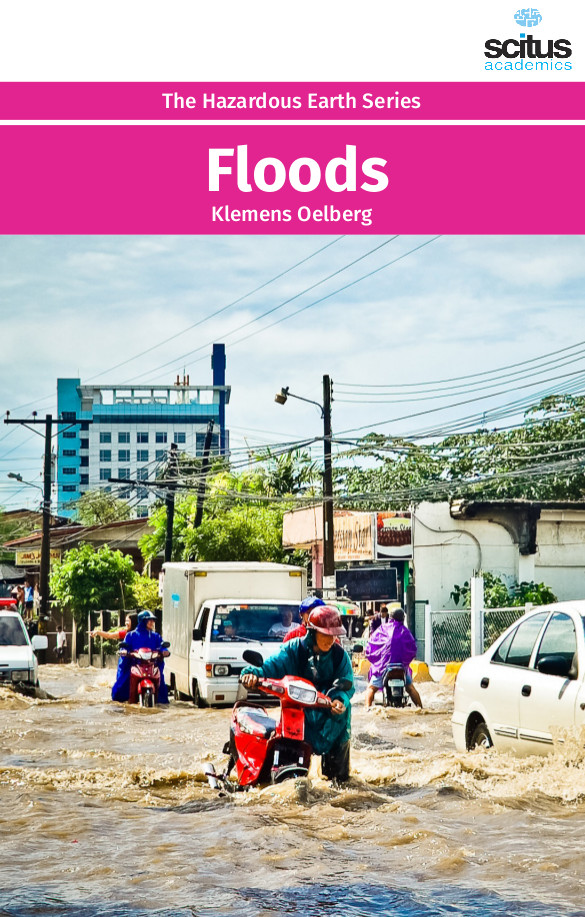Flooding may occur as an overflow of water from water bodies, such as a river, lake, or ocean, in which the water overtops or breaks levees, resulting in some of that water escaping its usual boundaries, or it may occur due to an accumulation of rainwater on saturated ground in an aerial flood. While the size of a lake or other body of water will vary with seasonal changes in precipitation and snow melt, these changes in size are unlikely to be considered significant unless they flood property or drown domestic animals. Flood impact is one of the most significant disasters in the world. More than half of global flood damages occur in Asia. Causes of floods are due to natural factors such as heavy rainfall, high floods and high tides, etc., and human factors such as blocking of channels or aggravation of drainage channels, improper land use, deforestation in headwater regions, etc. Throughout the last century flooding has been one of the most costly disasters in terms of both property damage and human casualties. Major floods in China, for example, killed about 2 million people in 1887, nearly 4 million in 1931, and about 1 million in 1938. The 1993 flood on the upper Mississippi River and Midwest killed only 47 people, but the U.S. Army Corps of Engineers estimates the total economic loss at between 15 and 20 billion dollars. A flood can devastate homes, commercial buildings, agricultural and pastoral lands, public goods, and other physical properties. However, during the flood and its aftermath, there are also threats to one’s health and safety. In the flood occurred in Bangladesh in 1988, diarrhea was found to be most common illness and a major cause of death amongst the population affected by the flood that helped spread the disease. Prevalent respiratory infection induced by the flood was also blamed for the high morbidity and death toll – 46,740 patients and 154 deaths – in the devastated areas. In developing regions of the world, acute sanitation problems and various water-borne diseases – such as diarrhea, dysentery, cholera and typhoid – threaten disaster affected populations, especially the poor and vulnerable, due to lack of access to safe drinking water, medicine and hygienic food. Problems become more critical due to more severe and frequent flooding likely caused by climate change, socio-economic damage, population affected, public outcry and limited funds.
This volume ‘Floods’ focuses on flooding, but in particular as it seeks to highlight the breadth and complexity of flood risk management and new ideas, approaches and innovations in flood risk management. It presents the coverage of loss prevention and mitigation includes structural flood control measures such as construction of dams or river dikes and non-structural measures such as flood forecasting and warning, flood hazard and risk management, public participation and institutional arrangement, etc. It describes concepts, policy, plan and operation on integrated urban flood disaster and risk management. Examples on urban flood disaster and risk management are illustrated and discussed. This compilation is intended to students, practitioners, researchers, policy makers, and civil engineers.













